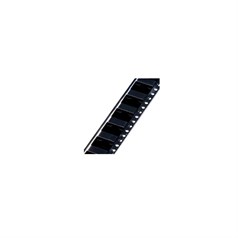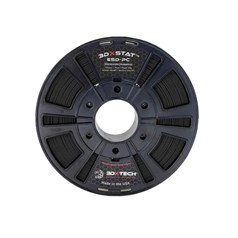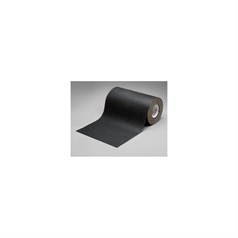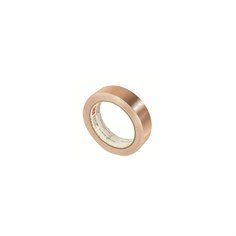- Home
- Static Control Products
- Esd Tapes
Esd Tapes
ESD tape is used in many industries to protect electronic components from damage caused by electrostatic discharge. ESD tape is commonly used to seal packages containing electronics, allowing the safe transport of sensitive components. If electronic components are not protected against electrostatic discharge, they can be irreparably damaged. In order to avoid this, it is therefore essential to use ESD-certified packaging materials when transporting electronics.
Conro offers a selection of ESD tapes from major manufacturers such as Bondline and 3M.
Types of ESD tapes
At our online store we offer a wide range of top quality ESD tapes for various applications and needs. Whether you need coloured or transparent, printed or plain - here you will find what you are looking for.
The following types of ESD tape are available:
- Conductive grid tape. This tape has an electrically conductive grid sandwiched between two anti-static layers. It provides static dissipation on both the inner and the outside surface.
- Anti-static tape. This tape is manufactured from a natural fibre base. It is coated with a rubber based-adhesive, providing it with non-static generating properties.
- EMI shielding tape. Made from copper foil and non-conductive adhesive. This tape provides shielding against electromagnetic fields that can interfere with sensitive devices.
- ESD awareness tape. PVC tapes designed to delimitate the boundaries of an ESD Protected Area in the workplace. These tapes are not antistatic.
Advantages of ESD tape
The main advantage of ESD tape is that it offers reliable protection against electrostatic discharge. This makes it particularly suitable for use in work environments that require strict ESD control measures. An ESD Protected Area should never have any electrostatic generative adhesive tapes or labels, as these can generate high levels of static when applied or removed.
Furthermore, ESD tape is practical and can be easily applied and removed without leaving any residue on the surface.










